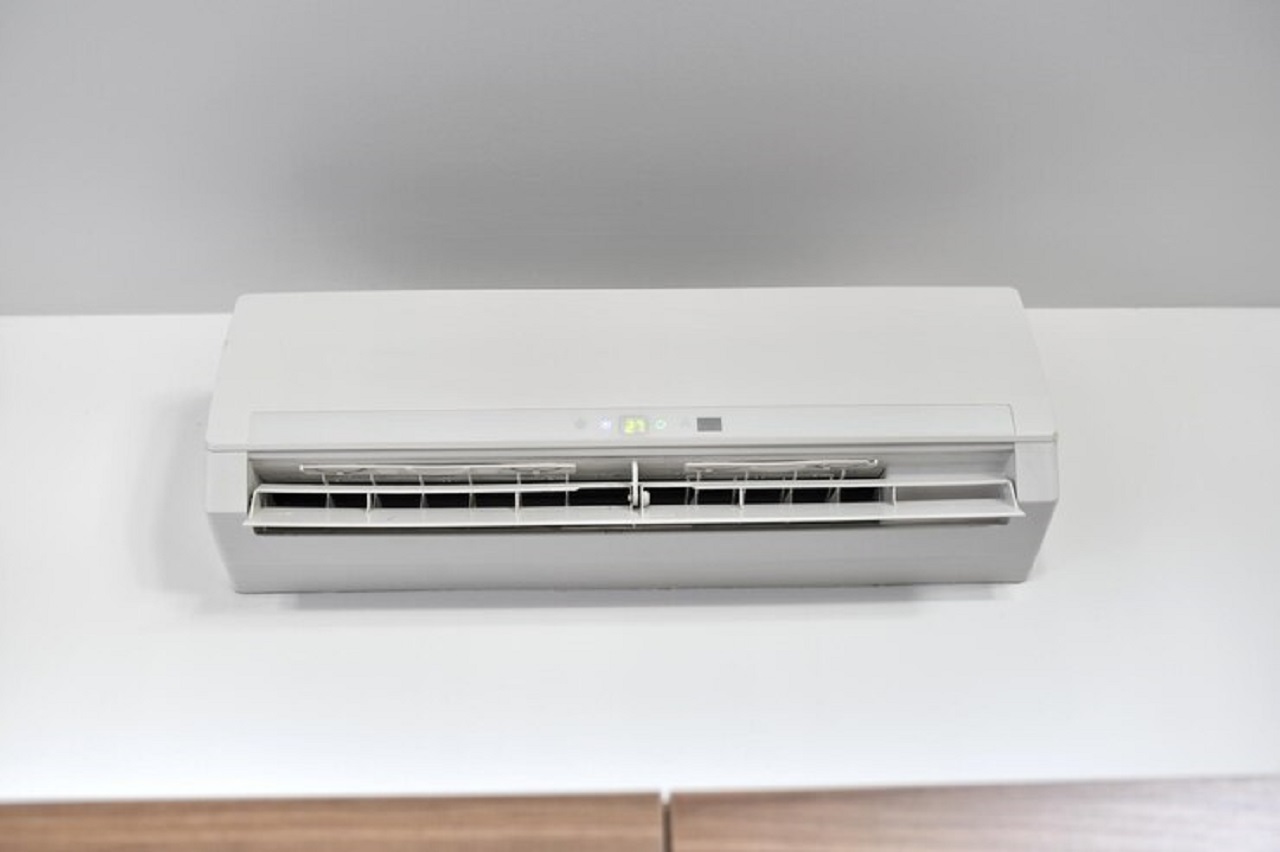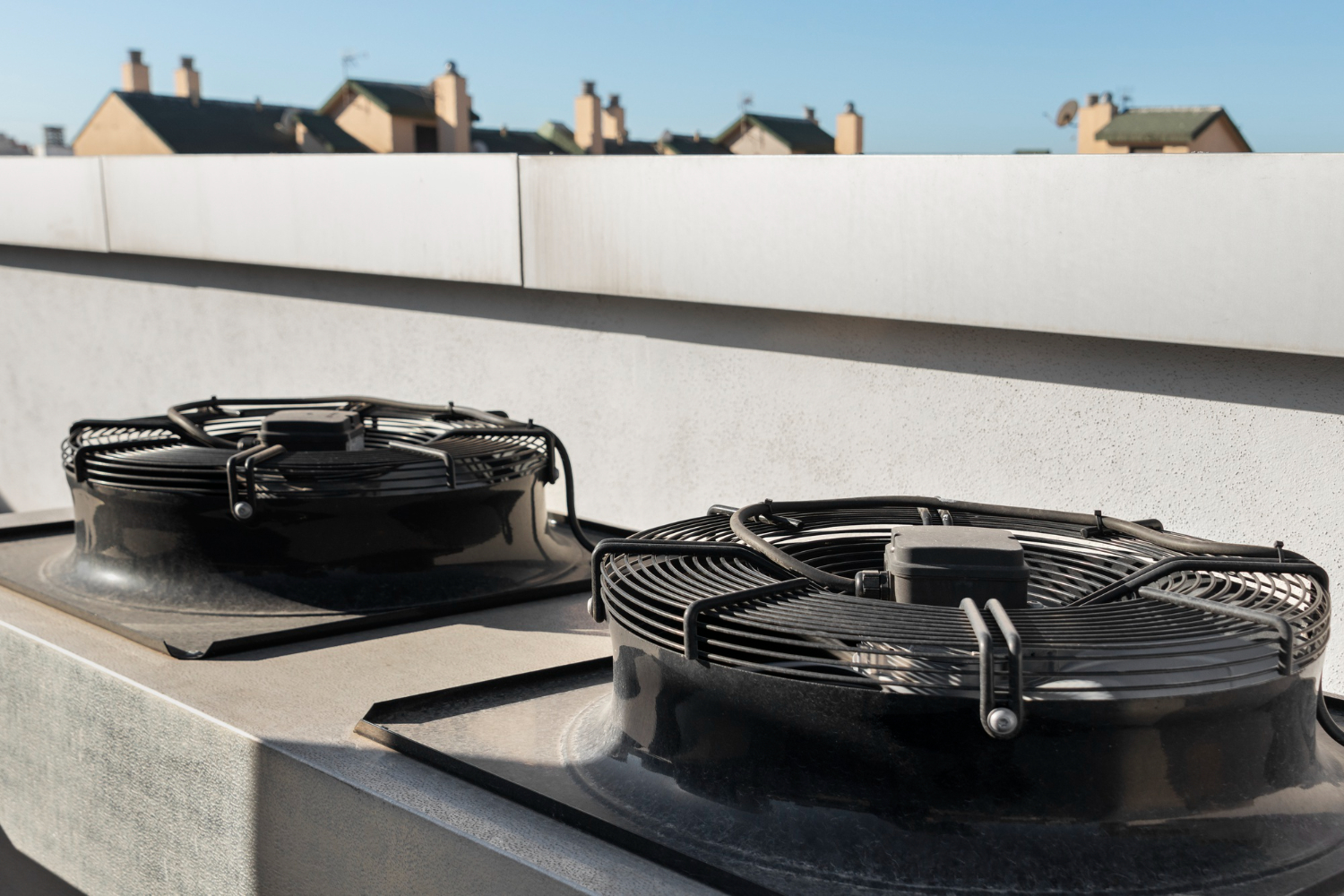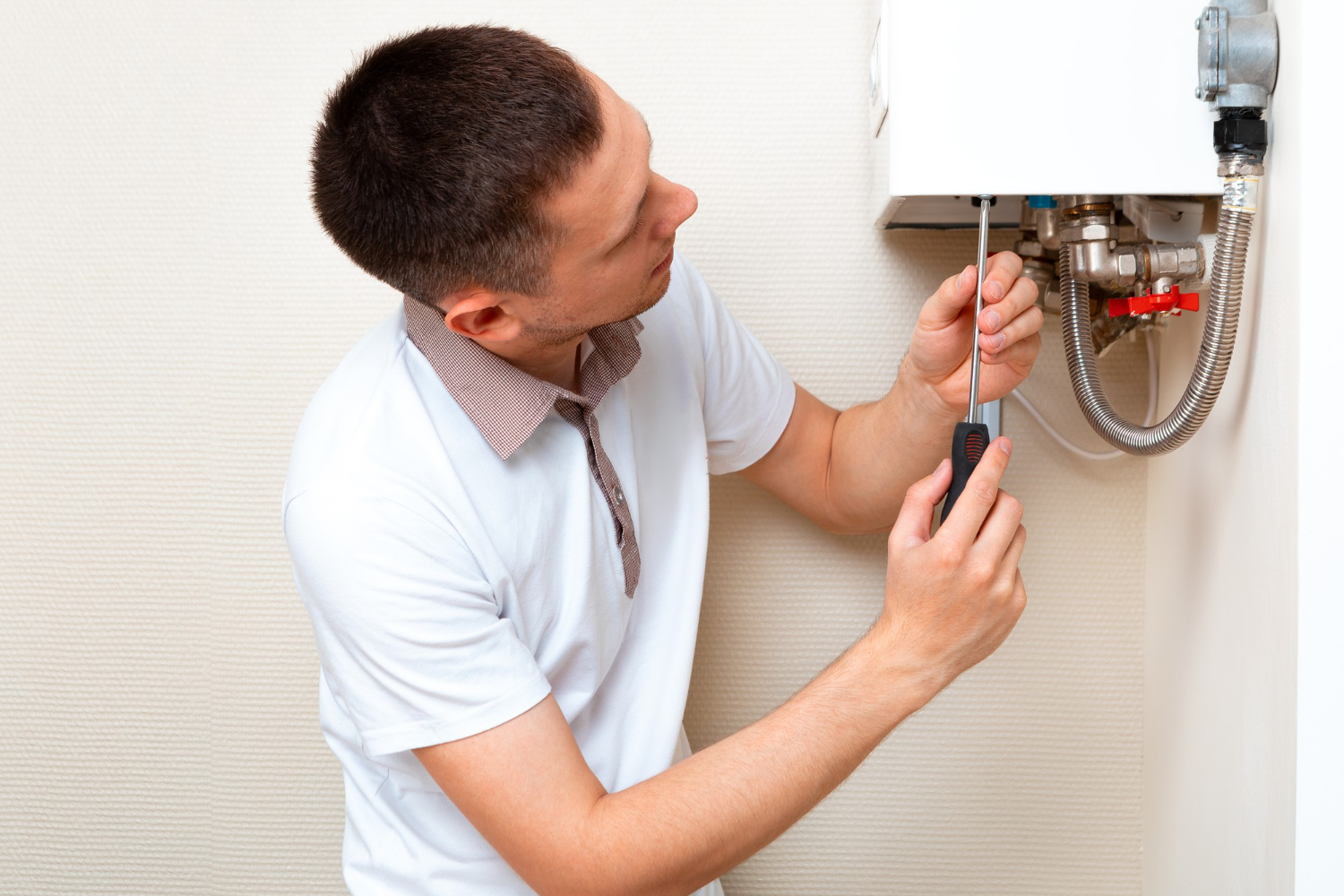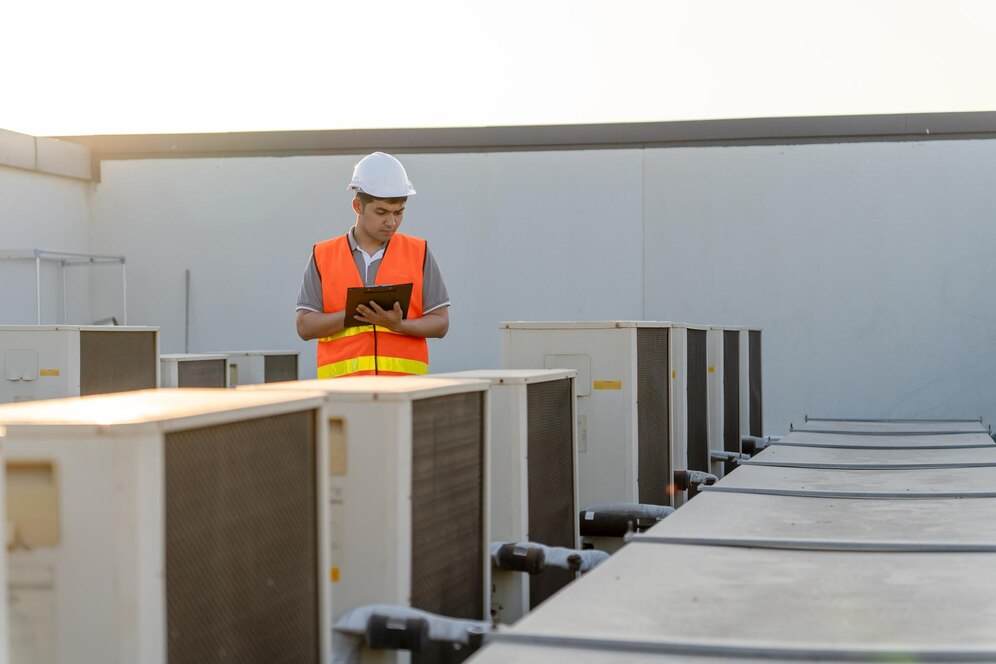Installing a mini split system is an excellent choice for improving home comfort and energy efficiency. These systems provide targeted heating and cooling, offering a flexible solution that can be adjusted to meet individual room needs. However, to get the most out of your mini split system, proper installation is crucial. Understanding key installation tips can help you achieve the best performance and efficiency from your system.
Choosing the Right Location for Mini Split Installation
Selecting the optimal location for your mini split installation is essential for maximizing efficiency. Placement affects how well the system can distribute air and maintain consistent temperatures throughout the room. Ideally, the indoor unit should be placed high on the wall, away from significant heat sources or direct sunlight. This ensures better airflow and prevents the unit from working harder than necessary.
Avoid installing the indoor unit near obstacles like furniture or curtains that can block airflow. An unobstructed path allows the unit to circulate air more effectively, ensuring uniform temperature distribution. Additionally, consider the layout of the room. Positioning the unit in a central location can help achieve more balanced cooling or heating.
Outdoor unit placement is equally important. Ensure it is installed in a well-ventilated area, free from debris and obstructions. The unit should be positioned on a stable surface to prevent vibrations and noise. Keep in mind that placing the outdoor unit in a shaded area can help enhance its energy efficiency, as it won’t have to work as hard to transfer heat.
Proper Insulation and Sealing for Maximum Efficiency
Proper insulation and sealing are critical for maintaining energy efficiency in your mini split system. Insufficient insulation can lead to energy loss, forcing the system to work harder to achieve the desired temperature. Ensure that the area where the mini split is installed has adequate insulation in walls, floors, and ceilings.
Sealing any gaps or cracks around windows and doors is also essential. Air leaks can lead to significant energy loss, undermining the efficiency of your mini split system. Use weather stripping or caulk to seal these gaps and keep conditioned air inside the room. Our professionals can also inspect your home for any insulation issues and recommend the best solutions to enhance efficiency.
In addition to insulation, proper installation of the mini split’s refrigerant lines and electrical connections is crucial. Ensure that these components are correctly sealed and insulated to prevent energy loss and ensure optimal performance. Our technicians can help you with these details, ensuring that your mini split system operates at peak efficiency.
Steps to Optimize Airflow and Temperature Control
Proper airflow and temperature control are key elements of an efficient mini split system. To achieve optimal performance, ensure that your system’s air filters are clean. Dirty filters can obstruct airflow, making it difficult for the system to maintain consistent temperatures. Regularly check and clean or replace filters as needed.
Strategic placement of the indoor unit also affects airflow. Avoid placing the unit in locations where airflow might be blocked, such as behind furniture or near heavy drapes. These obstructions can cause the unit to work harder, reducing efficiency. Additionally, make sure the outdoor unit has enough space around it to allow proper ventilation.
Balancing the temperature settings for each indoor unit is essential. If you have multiple indoor units, set them to similar temperatures to prevent uneven cooling or heating. This approach helps distribute conditioned air evenly throughout your home, enhancing comfort and energy efficiency. Consult our technicians to fine-tune these settings for optimal performance.
Tips for Regular Maintenance and Performance Monitoring
Regular maintenance is essential for keeping your mini split system operating efficiently. Schedule periodic inspections and servicing by our professionals to address any wear and tear. Routine maintenance tasks include checking refrigerant levels, inspecting electrical connections, and examining the overall condition of the system.
Monitor your system’s performance by paying attention to any unusual noises or changes in efficiency. If you notice that your mini split is not cooling or heating as effectively as before, it may be time for a professional evaluation. Our technicians can identify and resolve any issues before they become major problems.
Additionally, keep an eye on the outdoor unit. Ensure it remains free of debris, leaves, and other obstructions that can impact functionality. Clean the coils and surrounding area regularly to promote optimal airflow and efficiency. By maintaining your system diligently, you can extend its lifespan and ensure it operates at peak efficiency.
Conclusion
Proper mini split installation and maintenance ensure your system’s efficiency and longevity. By choosing the right location, ensuring proper insulation, optimizing airflow, and performing regular maintenance, you can maximize your unit’s performance. These steps not only improve energy efficiency but also contribute to a comfortable indoor environment year-round.
All Seasons HVAC LLC specializes in comprehensive HVAC services, including mini split installation in Des Moines, IA. Our team of professionals is committed to providing top-notch service to help you get the most from your heating and cooling systems. Contact us today to schedule your mini split installation and ensure your home remains comfortable and energy-efficient.






